Antique American Clocks January 2021
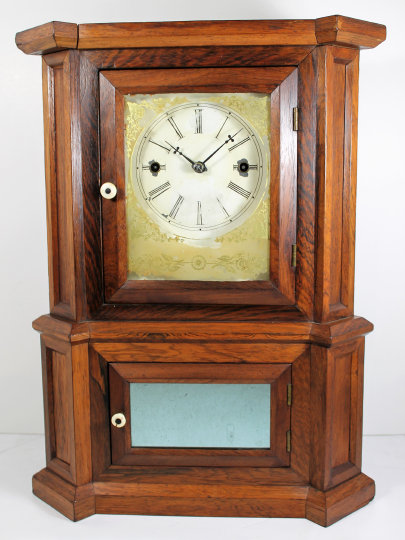
121. $1500
Atkins “Parlor No. 1”, 1850-1858. The Parlor No. 1 uses a Joseph Ives Type III wagon spring mechanism; Atkins got into
a dispute with Ives and was prevented from using the “leaf spring” mechanism in 1858 and switched to fusee movements before going
bankrupt in 1859. His subsequent firm (Atkins Clock Co.) was successful with the London model using standard 8 and occasionally
15-day spring movements. As is typical, there is no label; in this case it may be because the backboard appears to have been
replaced. The case stands 17.5 inches tall and has been cleaned nicely to show off the rosewood veneer. The
dial glass is original with some losses, the lower door mirror is old but not original. Both door handles are ivory, the
painted metal dial is old and original to this clock, and the hands are likely original. The 30-day, round time-only movement
is unique to Irenus Atkins. It is running without problem. AAC sold one last summer for $1977. $1600-$2000.

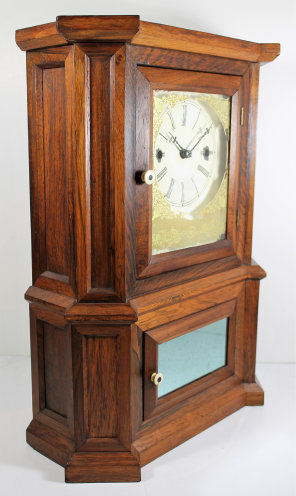
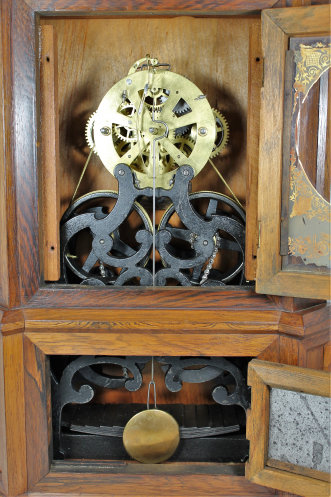

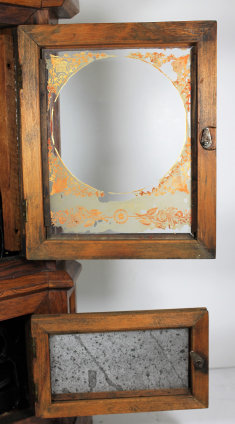
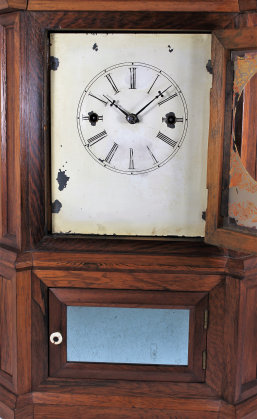
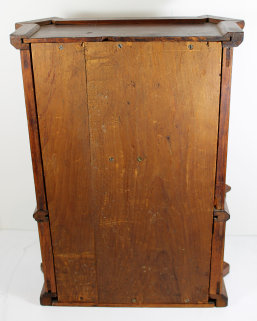
Joseph Ives “Accelerating Lever Spring” mechanism, today called a wagon spring, requires a tempered iron or steel to have sufficient flexibility to avoid breaking when tension is applied. Kenneth Roberts in “The Contribution of Joseph Ives to Connecticut Clock Technology 1810-1862” refers to “steel springs” in his discussion of the lever spring mechanism patented by Ives in 1845 (page 268); Roberts states that a process of heat-tempering the springs was developed by Silas B. Terry about the same time and was shared with Edward Dunbar, who provided Ives’ lever springs to Birge & Fuller for use in their “double steeple” clocks. However, Ives was making lever springs as early as 1820 (Siegel, Bulletin, 1995), so it is likely that a wrought iron was used for these springs and perhaps also the frames, as it had good strength and malleability; its low carbon content makes it similar to steel. Neither Frederick Selchow (Bulletin, 1953) nor Gerald Siegel (Bulletin, 1995) address this issue.
The term “wagon spring” to
describe these clocks arose in the early 1900’s, and indeed leaf wagon springs were not in widespread use until the 1850’s after theBessemer process for the inexpensive mass-production of steel became available.